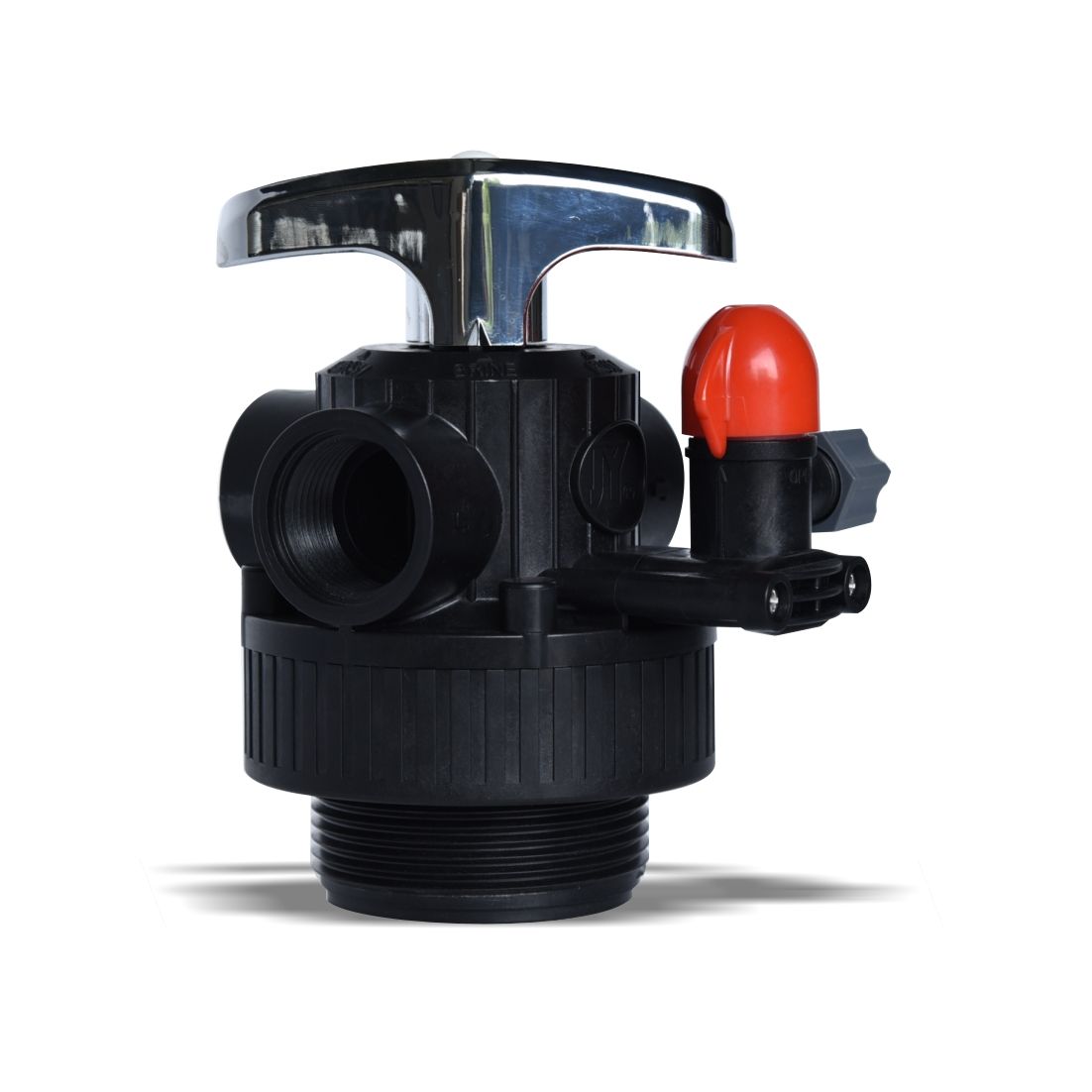Table of Contents
Benefits of Modulating Float Control Valve in Industrial Applications
Modulating float control Valves are essential components in industrial applications where precise control of liquid Levels is required. These valves offer a range of benefits that make them ideal for use in a variety of industries, including manufacturing, chemical processing, and water treatment.
One of the key advantages of modulating float control valves is their ability to provide accurate and consistent control of liquid levels. Unlike traditional on/off float valves, which can only open or close fully, modulating float valves allow for precise adjustment of the flow rate, ensuring that the liquid level remains constant within a specified range. This level of control is essential in applications where even small variations in liquid levels can have a significant impact on the process.
In addition to their precise control capabilities, modulating float control valves also offer improved efficiency compared to traditional float valves. By modulating the flow rate to match the demand, these valves can help reduce energy consumption and minimize waste, leading to cost savings for industrial operations. This efficiency is particularly important in industries where large volumes of liquid are processed, such as in chemical manufacturing or water treatment plants.
Another benefit of modulating float control valves is their versatility. These valves can be used in a wide range of applications, from controlling the level of a tank or vessel to regulating the flow of a liquid through a pipeline. Their ability to handle different types of liquids, temperatures, and pressures makes them suitable for use in diverse industrial settings, where they can help improve process efficiency and reliability.
Modulating float control valves are also known for their durability and reliability. Made from high-quality materials such as Stainless Steel or brass, these valves are designed to withstand harsh operating conditions and provide long-lasting performance. Their robust construction and precise engineering ensure that they can operate effectively in demanding industrial environments, where reliability is crucial for maintaining process efficiency.
Furthermore, modulating float control valves are easy to install and maintain, making them a cost-effective solution for industrial applications. With simple design and minimal moving parts, these valves require little maintenance and can be quickly replaced if needed. This ease of installation and maintenance helps reduce downtime and ensures that industrial processes can continue running smoothly without interruption.
Overall, modulating float control valves offer a range of benefits that make them an essential component in industrial applications where precise control of liquid levels is required. From their accurate and consistent control capabilities to their efficiency, versatility, durability, and ease of installation and maintenance, these valves provide a reliable and cost-effective solution for a wide range of industries. By incorporating modulating float control valves into their processes, industrial operations can improve efficiency, reduce costs, and ensure reliable performance in their liquid level control systems.
How to Properly Maintain and Troubleshoot Modulating Float Control Valves
Modulating float control valves are essential components in various industrial processes, as they help regulate the flow of liquids or gases through a system. Proper maintenance and troubleshooting of these valves are crucial to ensure their optimal performance and prevent costly downtime. In this article, we will discuss some key tips on how to properly maintain and troubleshoot modulating float control valves.
Regular maintenance is essential to keep modulating float control valves in good working condition. One of the most important maintenance tasks is to inspect the valve regularly for any signs of wear or damage. Check for leaks, corrosion, or any other visible defects that may affect the valve’s performance. It is also important to clean the valve regularly to remove any buildup of dirt, debris, or other contaminants that could interfere with its operation.
| Model | Central tube | Drain | Brine tank connector | Base | Maximum power | Operating temperature\u00a0 |
| 2700 | 1.05″ O.D. | 3/4″NPTF | 3/8″ & 1/2″ | 2-1/2″-8NPSM | 74W | 1\u2103-43\u2103 |
In addition to regular inspections and cleaning, it is also important to lubricate the valve regularly to ensure smooth operation. Use a high-quality lubricant that is compatible with the valve’s materials to prevent wear and reduce friction. Proper lubrication can help extend the life of the valve and improve its overall performance.

Another important aspect of maintaining modulating float control valves is to calibrate them regularly. Calibration ensures that the valve is operating within the specified parameters and can help prevent issues such as over- or under-flow. Follow the manufacturer’s guidelines for calibration and make any necessary adjustments to ensure the valve is functioning correctly.
When troubleshooting modulating float control valves, it is important to start by identifying the root cause of the issue. Common problems with these valves include leaks, sticking, or erratic operation. Begin by checking for any visible signs of damage or wear, and then move on to more in-depth troubleshooting steps.
If the valve is leaking, check for loose connections, damaged Seals, or other issues that may be causing the leak. Tighten any loose connections and replace any damaged seals to resolve the issue. If the valve is sticking or not operating smoothly, check for obstructions or debris that may be blocking the valve’s movement. Clean the valve thoroughly and lubricate it to help improve its operation.
In conclusion, proper maintenance and troubleshooting of modulating float control valves are essential to ensure their optimal performance and prevent costly downtime. Regular inspections, cleaning, lubrication, and calibration are key maintenance tasks that can help extend the life of the valve and improve its overall performance. When troubleshooting issues with these valves, it is important to identify the root cause of the problem and take appropriate steps to resolve it. By following these tips, you can keep your modulating float control valves in good working condition and avoid potential problems in the future.
